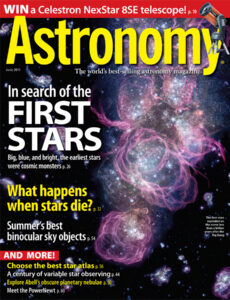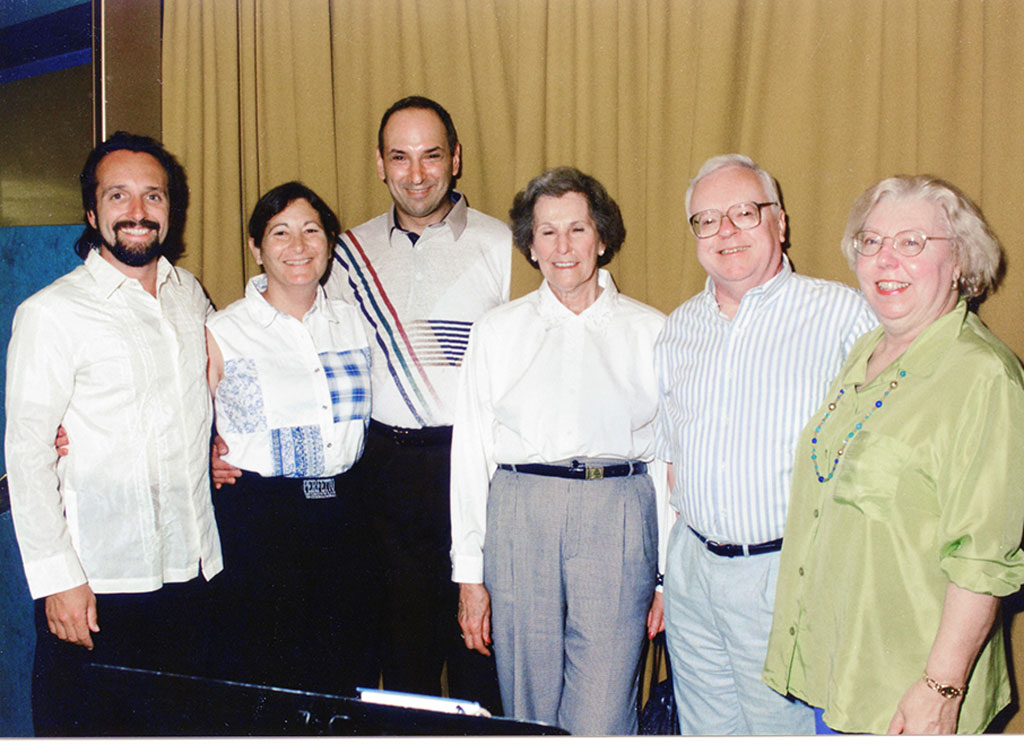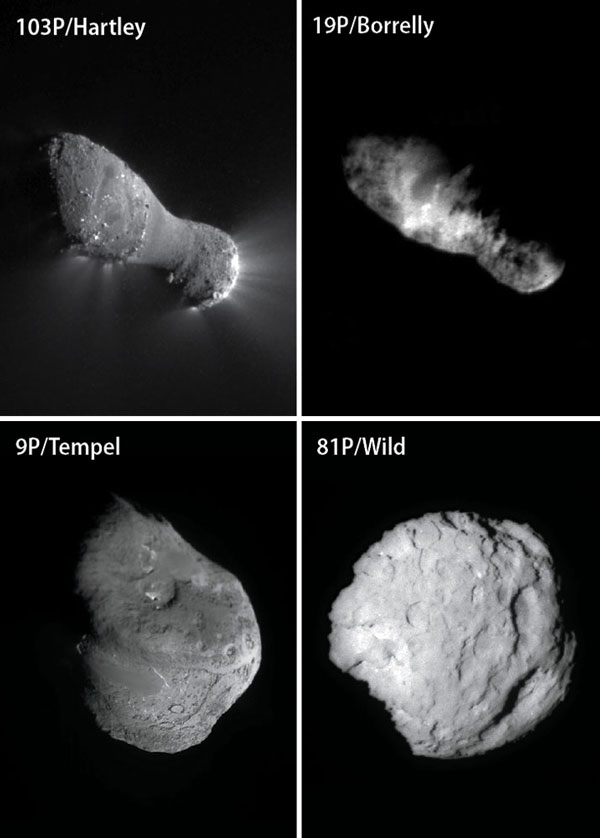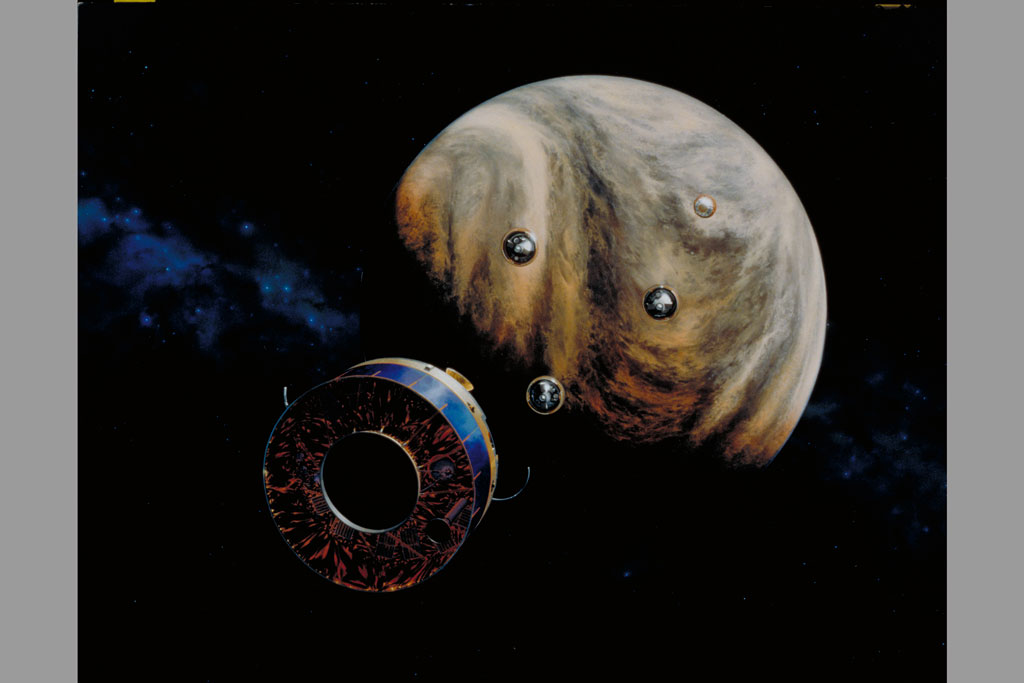
June 2011
The world's best-selling astronomy magazine offers you the most exciting, visually stunning, and timely coverage of the heavens above. Each monthly issue includes expert science reporting, vivid color photography, complete sky coverage, spot-on observing tips, informative telescope reviews, and much more! All this in an easy-to-understand, user-friendly style that's perfect for astronomers at any level.
Features
In search of the first stars
Big, blue, and bright, the first stars were unique monsters that changed cosmic evolution.
Web Extra: In search of the first galaxies
The Hubble Space Telescope peered long and hard at a tiny region of the constellation Fornax, returning images of the youngest galaxies ever seen.
What happens when stars die?
Stellar corpses litter our universe — white dwarfs, neutron stars, and black holes.
Web Extra: Modeling a star’s last breath
Computer simulations are more-accurately showing how massive stars die.
A century of variable star observing
Since its start in 1911, the American Association of Variable Star Observers has served amateur and professional astronomers.
Web Extra: How to make a variable-star estimate
Learn how to make your own light curves so you too can help contribute to the American Association of Variable Star Observers.
Web Extra: Putting names to the faces of history
Learn about the people and places behind our opening collage for “A century of variable star observing.”
Explore Abell’s obscure planetary nebulae
Scant details, low surface brightnesses, and tiny sizes scare away most amateur astronomers. The best observers, however, see this list of faint, dead suns as a challenge.
Web Extra: Observe all of the Abell planetary nebulae
Challenge yourself with this list of faint, dead suns.
10 great summer binocular sights
Give your telescope a night off and target these wonders through binoculars.
Web Extra: 10 top summer binocular treats
You won’t need a large telescope to spot these celestial wonders.
Choose a star atlas that’s right for you
Before heading out into the night, make sure you’re armed with the best maps.
Meet the PowerNewt
This new Boren-Simon astrograph offers 8 inches of aperture, a fast focal ratio, and high-quality optics.
Departments
This Sky this Month
In Every Issue
This Month in Astronomy
Letters
Astro News
Deep-sky Showcase
The Cosmic Grid
Letters
Astro News
Deep-sky Showcase
The Cosmic Grid
Web Talk
Astro Confidential
New Products
Reader Gallery
Astro Confidential
New Products
Reader Gallery















